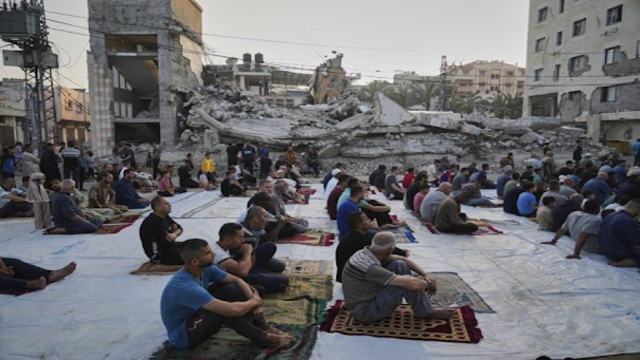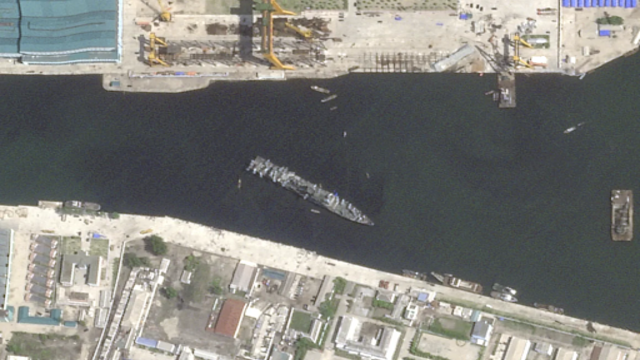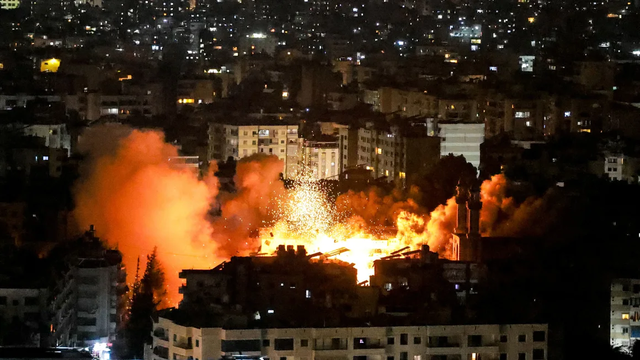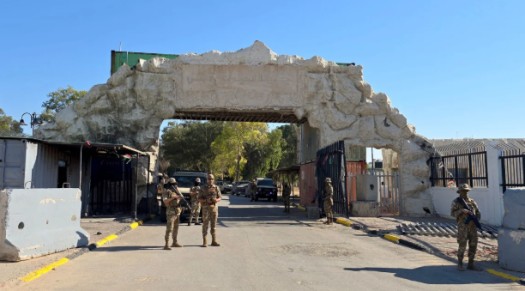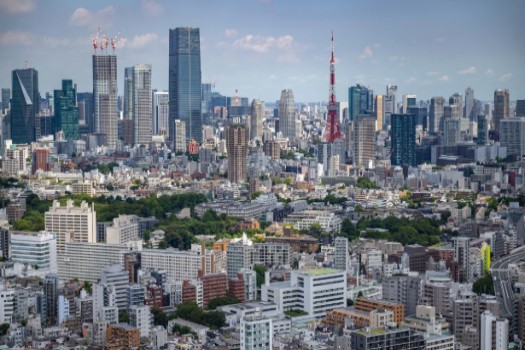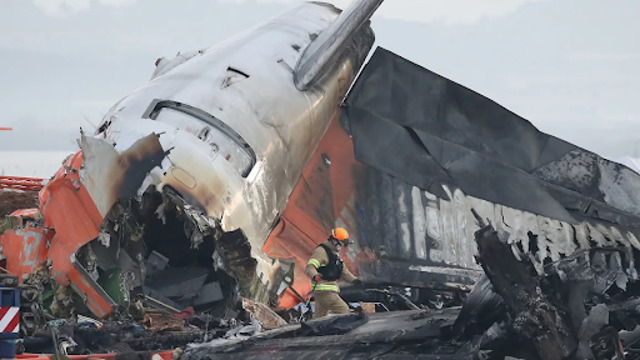
A firefighter is seen working at the site of a passenger plane wreck at Muan International Airport in South Korea on December 30, 2024. Getty Images
A flight data recorder from the Jeju Air passenger plane that crash-landed in South Korea is being sent to the United States for analysis, officials confirmed. This step is part of an ongoing investigation into the deadly crash that occurred on Sunday at Muan International Airport. Tragically, the crash claimed the lives of 179 out of the 181 people onboard, marking the deadliest aviation accident in South Korea in nearly 30 years.
Authorities revealed that both black boxes—the flight data recorder and the cockpit voice recorder—were recovered from the Boeing 737-800. However, the flight data recorder was damaged during the crash, and officials admitted that South Korea lacks the necessary resources to retrieve the data. The recorder is missing a crucial connector, making it impossible to analyze locally. As a result, the device will be sent to the US for a thorough examination by the National Transportation Safety Board (NTSB), with South Korean investigators joining the process. While the exact time frame for the analysis is uncertain, this step is expected to provide key insights into the cause of the crash.
In the meantime, initial data has been extracted from the second black box, the cockpit voice recorder. This recorder is currently being analyzed in South Korea, with authorities working to convert the data into audio files. The analysis of this recorder is expected to be completed within two days. Authorities are hopeful that both black boxes will reveal critical information to help pinpoint the cause of this tragic event.
As the investigation continues, families of the victims have begun arriving at the crash site to mourn their loved ones. Authorities have identified all 179 individuals who perished, but only 11 bodies have been released so far to allow families to make funeral arrangements. On Wednesday, buses transported relatives to the site, where an altar was set up for mourners to offer prayers. The families have been gathering at Muan International Airport since the crash occurred.
It remains unclear what exactly caused the crash of Jeju Air flight 7C 2216, which was en route from Bangkok to Muan. The pilot made a mayday call, mentioning a bird strike before attempting an emergency landing. Footage of the crash showed that neither the front nor back landing gear was deployed, and the plane slid on its belly before hitting a barrier and bursting into flames. There are multiple factors under consideration, including the bird strike, the failure of the landing gear, and the concrete barrier at the end of the runway.
A joint investigation team, including 12 South Korean investigators and 10 from the United States, has been assembled to examine the wreckage. This team includes officials from the Federal Aviation Administration (FAA), the NTSB, and Boeing. South Korea’s acting president, Choi Sang-mok, assured the public that a detailed analysis of the wreckage, aircraft, and black boxes would be crucial to uncover the cause of the crash.
While the investigation is expected to take months, the ongoing process is already shedding light on some key aspects of the accident. As authorities continue their work, the families of the victims are holding onto hope for answers to what led to this devastating event.



